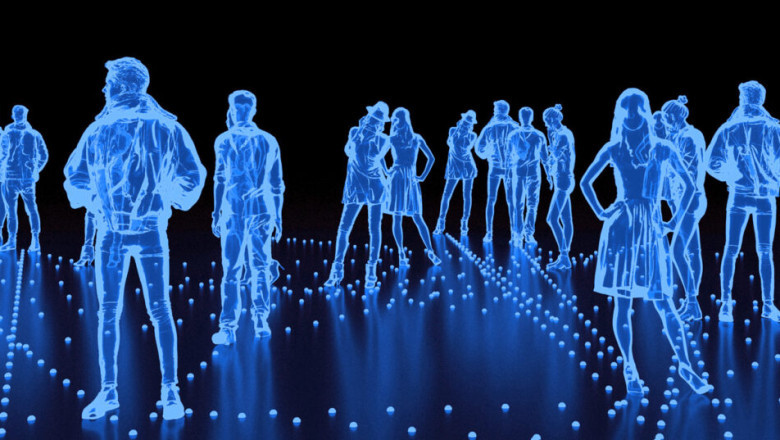views
In an age where technology continuously redefines the boundaries of possibility, one of the most captivating innovations in the entertainment industry is the rise of holographic concerts. These immersive experiences offer audiences a chance to witness lifelike performances from legendary artists who have long passed away—or even from living stars who want to transcend the limits of space and time. Using cutting-edge technology, Hologramas are transforming the way we experience music, bridging the gap between nostalgia and the future.
What Are Holographic Concerts?
Holographic concerts utilize advanced projection techniques to create three-dimensional images of performers on stage. These projections—often referred to as hologramas—are designed to replicate the appearance, movements, and even the stage presence of real artists. Paired with synchronized audio recordings and live band accompaniments, these concerts offer an eerily realistic experience that can evoke powerful emotions among fans.
While the idea of holographic imagery dates back several decades, only recently has the technology become sophisticated enough to support full-length, interactive performances that blur the line between illusion and reality.
From Tupac to Whitney: The Stars Reborn
One of the most famous and pioneering moments in holographic concert history occurred in 2012, when a holograma of Tupac Shakur appeared at the Coachella Valley Music and Arts Festival. His posthumous performance stunned audiences and ignited a wave of interest in the possibilities of digital resurrection.
Following Tupac, other iconic performers have also returned to the stage in hologram form. Whitney Houston's 2020 holographic tour featured some of her most beloved hits, choreographed dancers, and digital visuals, all carefully crafted to celebrate her legacy. Roy Orbison and Buddy Holly have also "toured" posthumously through similar technology, bringing their classic sounds to new generations.
The Technology Behind Hologramas
At the heart of a holographic concert is a sophisticated blend of CGI (computer-generated imagery), motion capture, and projection technology. These hologramas are typically created using a technique known as "Pepper's Ghost," which uses angled glass and high-definition projections to create the illusion of a 3D figure on stage.
In recent years, innovations in augmented reality (AR) and virtual reality (VR) have further enhanced the quality of these projections. Some concerts now incorporate real-time audience interaction, giving spectators the feeling that they are part of a live, dynamic event—even when the performer is entirely digital.
Ethical Considerations and Public Reaction
While many fans find holographic concerts to be a touching tribute to their favorite artists, the trend is not without controversy. Critics argue that using hologramas of deceased performers raises ethical questions about consent and artistic integrity. In some cases, families and estates have voiced concerns about how these digital likenesses are used.
Despite these debates, public interest remains high. The allure of seeing a beloved artist "live" once more is a powerful draw. For many, holographic concerts represent a blend of memory and innovation—offering both a tribute to the past and a glimpse into the future of entertainment.
The Future of Holographic Entertainment
Looking ahead, the possibilities for hologramas in music and beyond are nearly limitless. Artists who are still alive are beginning to explore the use of holograms as a way to perform in multiple cities simultaneously or even continue their presence on stage long after retirement.
Moreover, advancements in artificial intelligence and machine learning are beginning to be integrated into holographic technology. Future concerts may feature holograms that can interact in real time with audiences, customize performances based on crowd reactions, or even debut new "AI-generated" songs performed in the likeness of classic stars.
Conclusion
Holographic concerts are more than a technological marvel—they are a cultural phenomenon reshaping the landscape of live entertainment. Through hologramas, we can revisit the voices that shaped musical history, experience performances that were never possible before, and witness the merging of art and innovation. As this technology evolves, so too does our relationship with music, memory, and the magic of the stage.






















Comments
0 comment